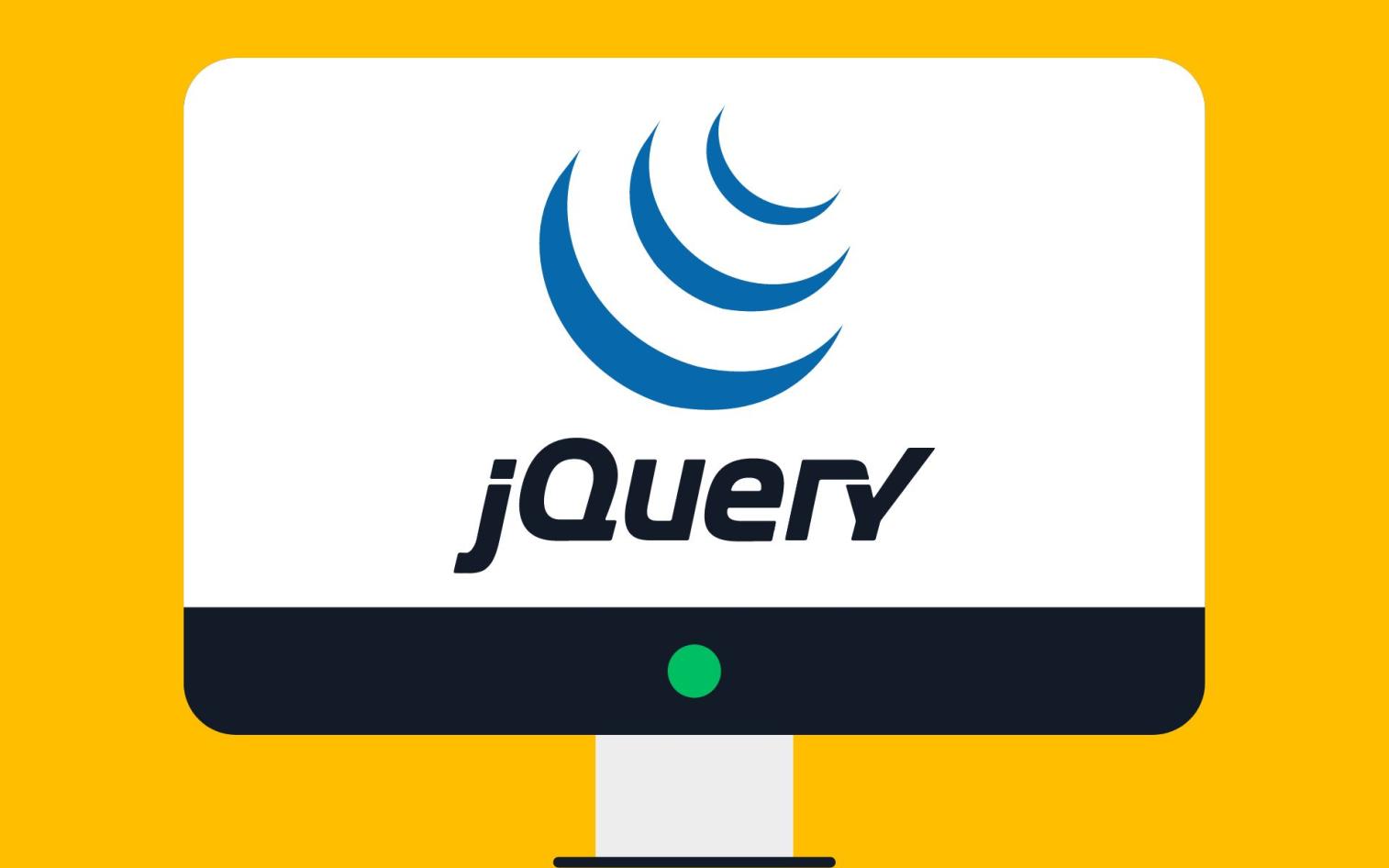jQuery: What's New in Version 4?
JQuery is a powerful JavaScript library that has revolutionized the way developers create interactive web applications. Since its inception, jQuery has become an essential tool for front-end developers, simplifying tasks such as DOM manipulation, event handling, and AJAX requests.

The recent release of jQuery version 4 marks a significant milestone in the library's evolution. This major update brings a host of improvements, new features, and enhancements that promise to further streamline web development and enhance the user experience.
I. Performance Improvements
One of the key focus areas in jQuery 4 is performance optimization. The library has undergone extensive refactoring to improve the efficiency of core functions and algorithms. These optimizations result in noticeable performance gains, particularly in applications that heavily rely on jQuery.
- Optimized Core Functions: jQuery 4 features optimized versions of commonly used functions, such as
$(),.each(), and.attr(). These improvements lead to faster execution times and smoother interactions. - Improved Event Handling: The event handling mechanism in jQuery 4 has been refined to reduce overhead and improve responsiveness. Event delegation is now more efficient, resulting in better performance for event-driven applications.
- Efficient DOM Manipulation: jQuery 4 introduces optimizations for DOM manipulation tasks, such as adding, removing, and modifying elements. These optimizations minimize the number of DOM operations, leading to improved performance.
The performance enhancements in jQuery 4 have a tangible impact on real-world applications. Complex web pages with numerous interactive elements load faster and respond more smoothly to user interactions. Developers can now create more responsive and engaging user interfaces without compromising performance.
II. New Features And Enhancements

JQuery 4 introduces a range of new features and enhancements that expand the library's capabilities and improve the developer experience.
- Custom Event Support: jQuery 4 introduces support for custom events, allowing developers to create and dispatch their own events. This feature enhances the flexibility and extensibility of jQuery-based applications.
- Improved AJAX Handling: jQuery 4 provides a simplified and more consistent API for AJAX requests. The new
$.ajax()method offers a more intuitive syntax and better error handling. - Enhanced Selectors: jQuery 4 introduces new selector methods, such as
:visible,:hidden, and:focus, which provide more concise and expressive ways to select elements. - Modern JavaScript Features: jQuery 4 embraces modern JavaScript features, such as arrow functions and spread operators, making the code more concise and readable.
These new features and enhancements empower developers to create more sophisticated and interactive web applications with greater ease and efficiency.
III. Breaking Changes
With the of new features and optimizations, jQuery 4 also includes some breaking changes. These changes are necessary to improve the overall stability, security, and performance of the library.
- Removal of Deprecated Methods: jQuery 4 removes several deprecated methods that have been marked for removal in previous versions. This helps streamline the library and encourages the use of modern and supported APIs.
- Stricter Syntax Requirements: jQuery 4 enforces stricter syntax requirements for certain methods, such as
.on()and.off(). This ensures consistency and reduces the likelihood of errors. - Changes to Event Handling: jQuery 4 introduces changes to the way events are handled, particularly regarding event bubbling and propagation. These changes align with modern browser behavior and improve the consistency of event handling.
While breaking changes may require some adjustments for existing code, they are essential for the long-term health and sustainability of jQuery. Developers are encouraged to review the breaking changes and update their code accordingly.
IV. Compatibility And Support
JQuery 4 maintains compatibility with major browsers and platforms, ensuring a seamless transition for existing applications. The library is compatible with modern browsers, including Chrome, Firefox, Safari, and Edge. It also supports older browsers, such as Internet Explorer 11, with the help of polyfills.
JQuery 4 follows a long-term support policy, providing regular security updates and bug fixes. This ensures that developers can continue to use jQuery 4 with confidence for the foreseeable future.
V. Developer Resources And Tools
JQuery 4 is backed by a comprehensive set of resources and tools to help developers learn and use the library effectively.
- Documentation: The jQuery website provides extensive documentation, including tutorials, API references, and examples. These resources help developers quickly get up to speed with jQuery 4 and its new features.
- Community Support: jQuery has a large and active community of developers who are always willing to help and answer questions. Developers can find support on forums, Stack Overflow, and other online communities.
- Plugins and Extensions: The jQuery ecosystem includes a vast collection of plugins and extensions that extend the library's functionality. These plugins cover a wide range of use cases, from UI components to data visualization.
These resources empower developers to leverage jQuery 4 to its full potential and create innovative and engaging web applications.
VI. Conclusion
JQuery 4 represents a significant step forward in the evolution of the library. With its focus on performance, new features, and enhanced compatibility, jQuery 4 empowers developers to create modern, responsive, and interactive web applications with greater ease and efficiency.
Developers are encouraged to explore the new features and enhancements in jQuery 4 and embrace the opportunities they offer. By leveraging jQuery 4, developers can create web applications that deliver exceptional user experiences and stand out in today's competitive digital landscape.
YesNo

Leave a Reply